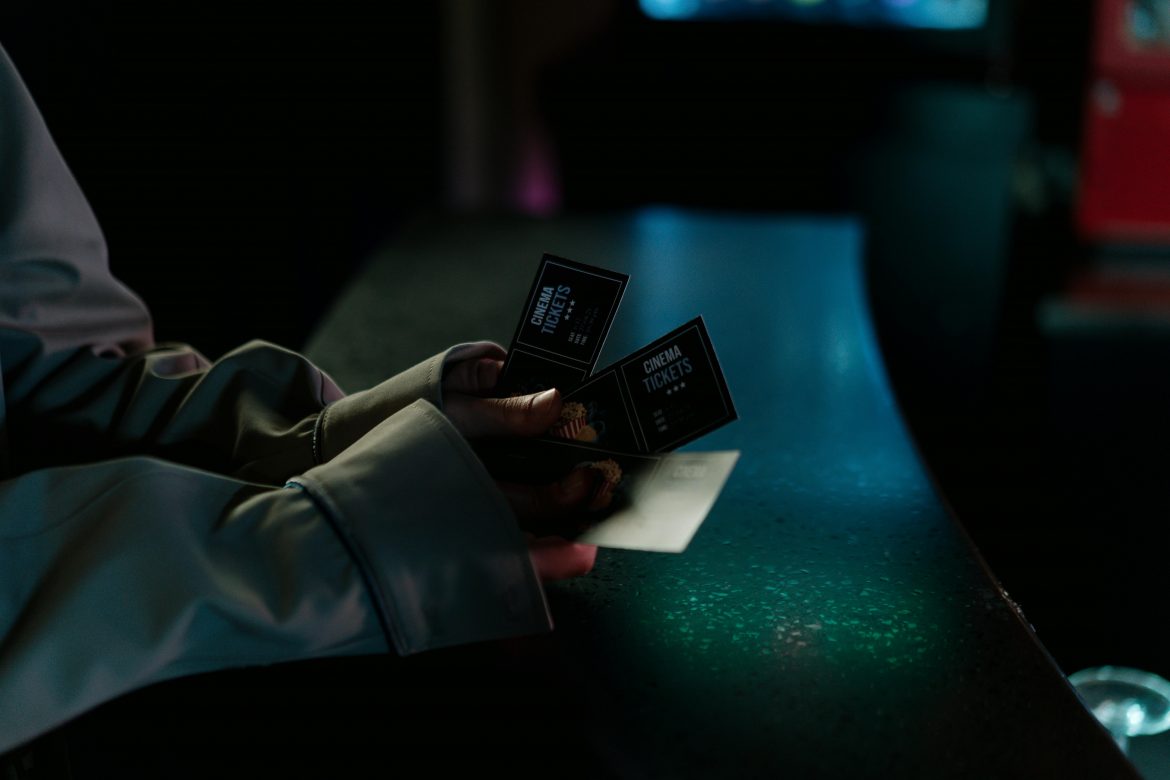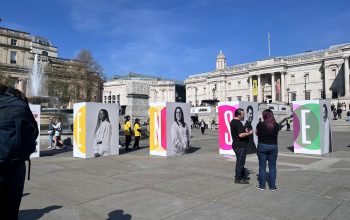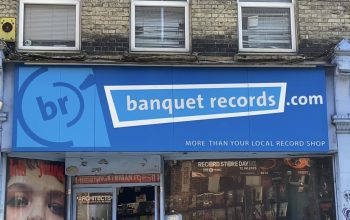Kingston International Film Festival (KIFF) has selected a series of short films to play at venues in Kingston and Richmond to promote the upcoming film festival from June 21 to June 23.
Four short films were shown at Dorich Museum on May 21. They all had a common theme of capturing the essence of slow cinematography.
The British Film Institute characterises slow cinema as having “long takes, a preference for non-professional actors and the favoured use of silence over extended dialogues” and it has recently been considered a popular method to show the perspectives of the “unseen: the alienated, the oppressed, the persecuted, the unemployed, the suffering.”
Bhavishay Kher, 24, director of You Are a Good Kid, believes slow cinema is experiencing a revival but also adds that “slowness is open to interpretation.”
“Slowness is subjective. You’re used to seeing faster, overstimulating films and TikTok or social media in general is made to constantly grab your attention. People don’t have much of an attention span which is why films seem slower,” said Kher.
Kher’s film builds slowly, following the mundane tasks of Sam, a university student who seems to keep to himself. It seemed like others didn’t appreciate Sam’s habits, such as his corny jokes and preference for Indian cuisine until we see a flashback of his father who had appreciated these things, but is unfortunately no longer with him.
In the film, Sam says: “People think grief shrinks over time, but the reality is we grow around grief.” The film explores the heaviness of losing a loved one and the separation a person can feel from the world as a result.
Kher explained how he found the inspiration to write and direct the film after he had dealt with the loss of those close to him and through this project, he aimed to “explore the emotional journey.”
“I come from India and our films are known for happy endings, this is a social piece, I wanted to release something powerful into society and try to be optimistic. It’s not healthy to hang onto the old stuff and I wanted to show that it can get better.”
Kher views short films as a montage, believing that when you have less time and slow the pace, directors can be more intentional with the shots included in the film.
“I think about the characters’ feelings and that dictates the camera’s movement. I match the tempo with the transitions and the camera composition,” said Kher.
Slow cinema puts more emphasis on shots, for example, a wide shot was used when the director wanted to show Sam as isolated and alone but in contrast a close-up, high angle shot in the sun was used to portray Sam’s acceptance of the loss.
How a director creates a slow film
At the festival, Alexander Kairo, 20, debuted as a director with his short film Final Day. It followed Philip, a young black man, back from studying abroad and now living at home in Kenya working on his family’s farm.
The director and co writer Priscillah Ruguru, drew reference of how slow cinema is done well through Beau Travail, a French film. He described this style of cinematography as a camera maintaining a still shot to allow the audience time to pick up on what needs to be perceived.
“The camera waits for the actor to move, for them to speak and for their emotions to change, it’s not surface level. I tried to emulate that, I tried to be very patient.
“In the 16 minutes, I have about 15 lines of dialogue, I avoided heavy dialogue because the film is about the visuals, and I think that’s most important.”
The director said it was important to find a sound which matched the pace of the film. Before production, he decided to use Malian guitar music by N’gou Bagayoko, which sounds like a dreamy harp to help create the sleepy town atmosphere.
The film uses a lot of wide shots of the main character, played by Kairo’s 21-year-old brother, actor Brian Kairo, on his family farm in Nairobi.
The distance of the hills in the background and the beautiful but quiet scenery of the farm fields contrast with Philip’s solemn expression and show his disassociation with the world around him. His lack of interaction with his family and his minimal dialogue further drives the narrative that he is alone in his thoughts.
Kairo said: “I took inspiration from Kenya, not from a specific person but a type of young person from Nairobi. They’re not represented in film, but we see them, they are politicians, businessmen and successful.”
He described how young people from Kenya are often sent to Western countries to get a degree and enjoy the luxury of freedom and financial stability away from home, but are then faced with the reality of returning home stripped of that life.
“They haven’t achieved their dreams of being rich without a drive and in that moment of realisation, those who are introspective feel a sense of failure. Failure to achieve what this opportunity has granted, and they become lost.”
Why is slow cinema making a comeback?
Morgan Wallington and Jack Snell, both recent graduates, showed their film Triptych: Three Studies of Love.
Their film was the shortest of the night, it lasted five minutes and remained in a three-panel tryptic effect, which displayed three individual scenes from three different love stories at the same time.
“The film was an experiment. We wanted a film which could be watched four different times and have different perspectives each time. Its narrative is linear, and we took inspiration from the Kulshov effect which behaves as Rubik’s cube,” said Wallington.
The three different panels each have different aesthetics and themes. One was about voyeurism, another was silent and in black and white, displaying a 1920s Hollywood idea of love with a dark twist, and the third story was about the modern realistic desperation of love.
It was in its essence three different films within one which all had linking factors and surprising endings which were well executed.
Due to the complex nature of the film, Wallington pointed out that it involved a lot of post-production effort and said that they needed to understand how each audience member would perceive the film.
Therefore, they took inspiration from slow cinema because through pacing and sound, they could “drag people’s eyes through the different shots and not get lost.”
“Slow cinema is coming back because people want it more since it goes against their fast lives and the Netflix fast action films. People are entering a most an appreciative phase of it,” said Wallington.
Slow cinematography is an art style in resurgence, enjoyed by directors and audience members alike. Its benefits include helping directors structure a film and offering viewers time to process a film.
Wallington said: “As directors we wanted an active viewer to take their own ideas away from the film. What matters is how you perceive what you’re watching rather than being told what you are watching.”
Where to watch the films:
Bhavishay Kher https://bhavishaykherr.wixsite.com/bhavi
Alexander Kairo https://vimeo.com/user143654901
Morgan Wallington and Jack Snell https://www.youtube.com/@jack_snell






